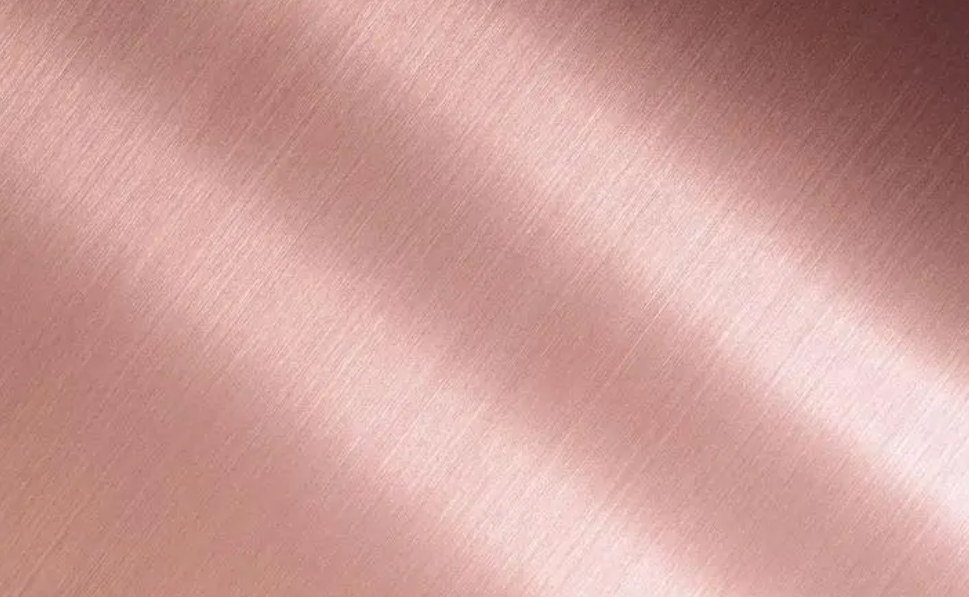
The process principle of metal wire drawing is the manufacturing process of repeatedly scraping the metal plate out of the line with sandpaper. The main process of the process is divided into three parts: deesterification, sand mill and water washing. In the wire drawing process, the special film technology after anodizing can make a film layer containing the metal component on the metal surface, and clearly show each fine wire mark, so that the metal matte shines with fine hair. luster.
The metal surface drawing process can be made into straight grain, random grain, thread, corrugation and spiral pattern according to the needs of decoration. In recent years, more and more products have used metal wire drawing process for their metal shells to play a beautiful and anti-erosion role. Make products with elements of fashion and technology.
Straight grain drawing refers to the processing of straight lines on the surface of metal sheets by mechanical friction. It has the dual function of brushing off scratches on the surface of the metal sheet and decorating the surface of the metal sheet. There are two kinds of straight wire drawing: continuous wire grain and intermittent wire grain. The continuous silk pattern can be obtained by rubbing the surface of the metal sheet continuously horizontally and straightly with a scouring pad or a stainless steel brush (such as manual grinding under the condition of a device or using a planer to clamp a wire brush on the metal sheet). By changing the diameter of the steel wire of the stainless steel brush, different thicknesses of lines can be obtained.
Intermittent silk patterns are generally processed on a brushing machine or a wiping machine. Preparation principle: Two sets of differential wheels rotating in the same direction are used, the upper set is a fast-rotating grinding roller, and the lower set is a slow-rotating rubber roller. The aluminum or aluminum alloy plate passes through the two sets of rollers and is brushed out. Delicate interrupted straight lines.
Random wire drawing is a kind of irregular and non-obvious matte silk pattern obtained by moving the metal plate back and forth, left and right, and rubbing under the high-speed copper wire brush. This kind of processing has higher requirements on the surface of the aluminum or aluminum alloy plate.
The corrugation is generally produced on a brushing machine or a wiping machine. Using the axial movement of the upper set of grinding rollers, the surface of the aluminum or aluminum alloy plate is brushed to obtain a wave pattern.
Spin pattern, also known as optical rotation, is a kind of silk pattern obtained by rotating and polishing the surface of aluminum or aluminum alloy plate by using cylindrical felt or nylon wheel for grinding stone on a drilling machine, mixing polishing ointment with kerosene. It is mostly used for decorative finishing of circular signs and small decorative dials.
The thread is to use a small motor with a circular felt on the shaft to fix it on the table, at an angle of about 60 degrees to the edge of the table, and make a pallet with a fixed metal plate to press the tea. A strip of mylar with straight edges is attached to limit thread race. Using the rotation of the felt and the linear movement of the carriage, the thread pattern with the same width is rubbed on the surface of the metal plate.
Asset Metal technology company is a focusing on CNC machining, metal stamping, chemical etching and surface treatment of OEM/ODM metal parts Processing, Surface treatment including metal decoration, heat treatment, metal polishing, metal wire drawing and Baking Finish.


 +8613538580966
+8613538580966

